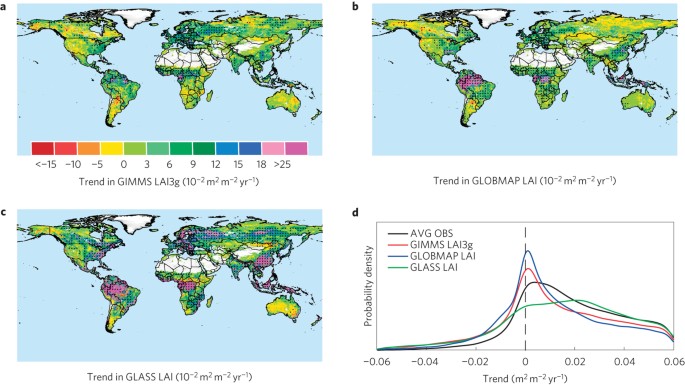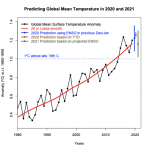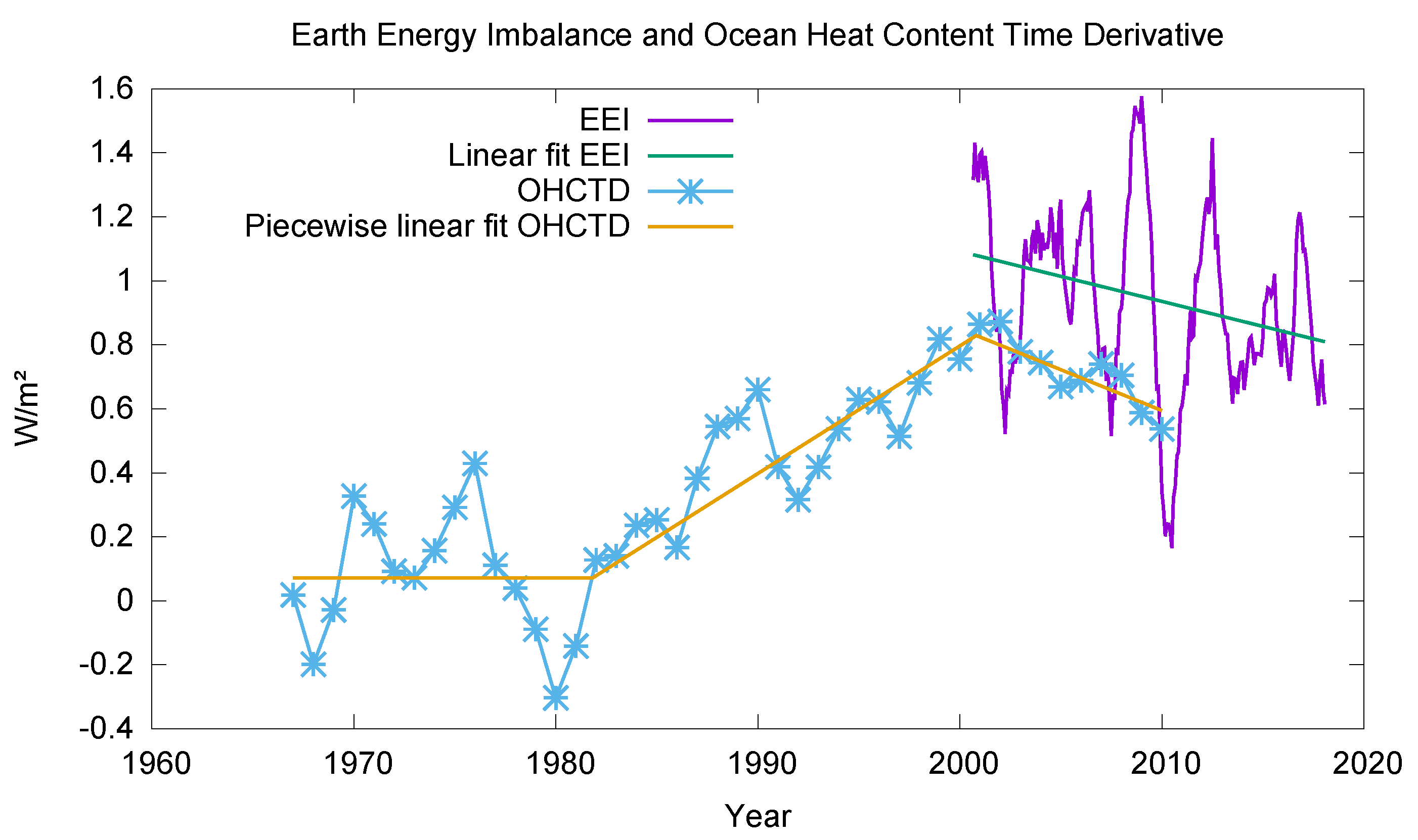- Joined
- Dec 22, 2012
- Messages
- 66,567
- Reaction score
- 22,189
- Location
- Portlandia
- Gender
- Male
- Political Leaning
- Libertarian - Right
In my viewpoint, the largest affect we have on the climate is due to land use changes and pollution. Not CO2.It means human are having a measurable impact on the climate and the results of which may not be good for us so we should start to act in such a way that we moderate our effect on the climate.
I agree, in a sense. We must act now to stop other countries from building dirty fossil fuel plants. If they insist on building more, we need to insist they do it with cleaner technology, or boycott Chinese goods and other nations goods. Afterall, it is our need of goods increasing their wealth and demand for power. If they don't comply, we need to stop increasing the demand from our end.
Not from my perspective. Maybe my questions are too tough for you.I often do it. I note you didn't have any references cited in this particular post of yours.
Maybe you came through an education system that had little demands...




